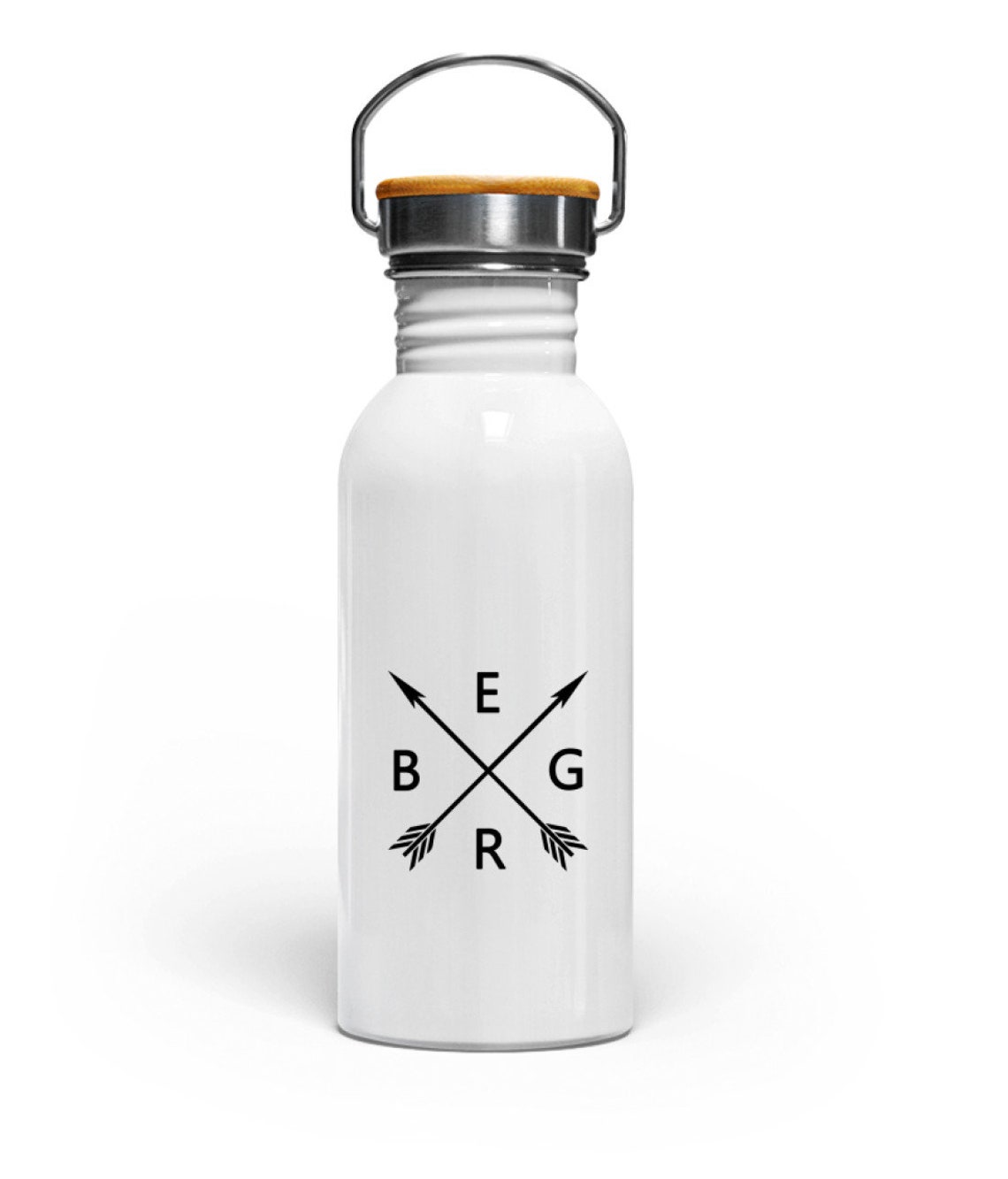

But who’s going to quibble over a couple thousand years? The point is that this water comes from melted glacial ice 200 miles north of Vancouver and 36 miles east into the Toba Inlet. The 10 Thousand BC name relates to the age of the water, though the BC could be misleading if you didn’t know it came from British Columbia, Canada. Launched in August 2007, Veen is sold in seven European countries negotiations are underway for U.S. As for the water, it is lifted from the Konisaajo spring in the Finnish Lapland and comes in Velvet (still) and four carbonated styles: Effervescent, Light, Classic and Bold.
#Berg water bottle series
So taken was Eklund with the project that he created a series of Veen bottle drawings with nods to Da Vinci, Van Gogh, Warhol, Haring, Lichtenstein, and others. The engraved Wave 66 bottle with extra-flint glass designed by Antti Eklund won two global Pentawards and a design award from The Chicago Athenaeum Museum of Architecture and Design. But Dainese, already a two-time stage winner in the Giro d’Italia, had slid through the right door to secure his maiden Vuelta a España victory.You might think twice before throwing out an empty Veen bottle. Some would say he was fortunate that Groves was unable to contest for the victory, while UAE-Team Emirates’ Juan Sebastián Molano was also missing at the sharp end. One thousand and three hundred metres back down the road, Hamilton and Flynn, bloodied from the crash and still off their bikes, hugged, celebrated and screamed as Dainese radioed through that he had pulled it off despite the circumstances. Ganna was leading, a remarkable Grand Tour sprint victory beckoning, but then Dainese appeared, a superbly-timed launch and an inch-perfect bike throw.

He opted for Cortina’s, powered out to the left and then charged towards the line. Should he follow Filippo’s Ganna’s Ineos Grenadiers train, hop onto the back of Marijn van den Berg’s EF Education-EasyPost freight, or cruise in the wheel of Movistar’s Iván Cortina? Decisions, decisions, decisions. He had to decide which one of the doors he was going to open. Dainese, though, had no choice the crash had made it a free-for-all. It’s genius when it works, but it’s rare that it does. It was time to go wheel-surfing, a high risk, high reward game of jumping across the road, dashing out of wheels and predicting whose slipstream is best. Read more: One more twist to the tale? Stage 20 is Sepp Kuss’ final hurdle at the Vuelta a Españaīut even with Groves, the stage favourite, out of contention, Italian Dainese still had no teammates left to power him to the line. He chose correctly, darting to the right and avoiding the pile-up. Sighting his trio of leadout riders one by one tumbling to the floor, Dainese had a millisecond to react. Cycling is a game of decisiveness and quick adaptation. The domino also took Groves out of the battle, but he managed to avoid spilling to the floor. It was a foolish and regrettable move, and the consequence was predictable: behind him Chris Hamilton fell, then Sean Flynn, and then Max Poole. Tobias Bayer, one of Kaden Groves’ leadout riders for Alpecin-Deceuninck, looked right, looked left, and crashed. But then one of those sliding door moments occurred. Having barely threatened in the race despite the low-quality sprint field, Dainese was desperate to put things right, instructing his teammates to execute a leadout that would slingshot him to victory.Īt the 2km to go banner, Dainese was supported by four DSM riders in front of him at 1.3km remaining, there were still three companions taking him into the bunch sprint fight, the quartet front and centre at the head of the peloton. Alberto Dainese of DSM-Firmenich must have thought he was to be steered down the wrong avenue with just over a kilometre left of the Vuelta a España’s stage 19.


 0 kommentar(er)
0 kommentar(er)
